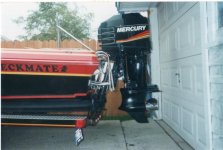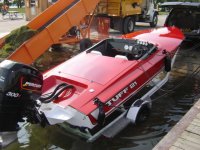cooperider
Well-known member
We used to have an insert for a notch similar to that laying around somewhere, but with all the housecleaning it probably got tossed years ago.
Checkmate has tried these notches, I think the Starflite had one, the Starflite 24 like merc245 has has the center notch and a smaller notch on each side. See if he can get a picture of that.
My Trimate I has a notch.

Checkmate has tried these notches, I think the Starflite had one, the Starflite 24 like merc245 has has the center notch and a smaller notch on each side. See if he can get a picture of that.
My Trimate I has a notch.


 ...and the guys that build the Tuff boats are die hard race fanatics! If we keep tweaking and tinkering, I know some Pulsare 2100 is going to hit 100 MPH!!!
...and the guys that build the Tuff boats are die hard race fanatics! If we keep tweaking and tinkering, I know some Pulsare 2100 is going to hit 100 MPH!!!

